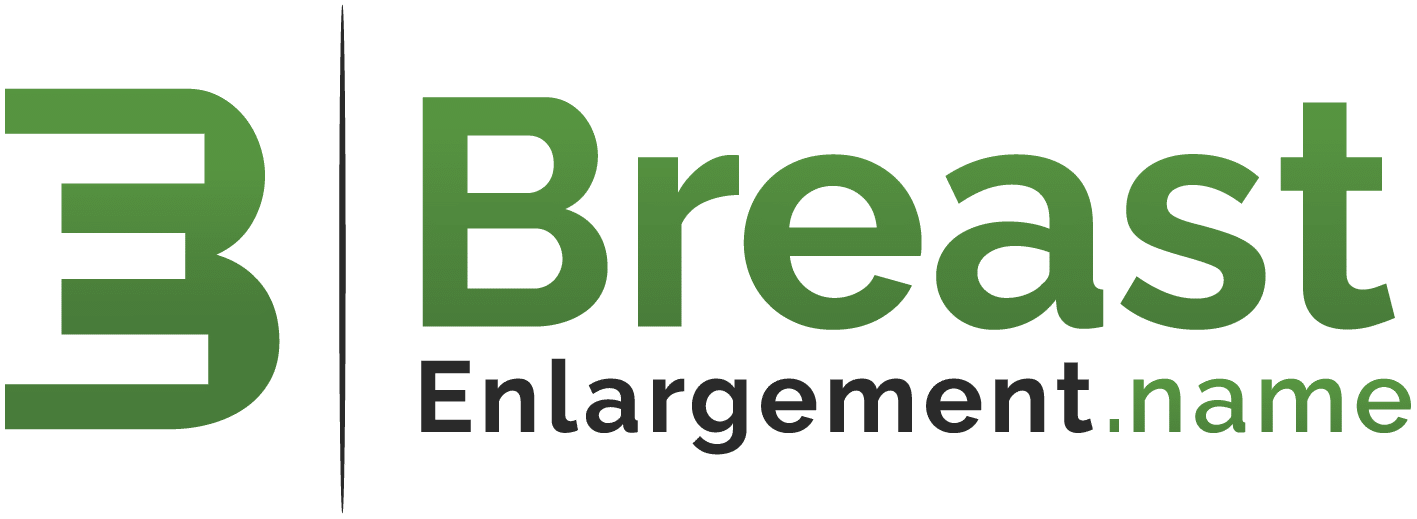If you were to ask any woman about their biggest health concerns when it comes to their breasts, most would tell you that it’s contracting breast cancer. Those dreaded words can really devastate your life and the life of those around you, so it is of utmost importance to keep your breasts cancer-free. Look after them as if your life depends on it because, in a way, it does.
Young girls develop their breasts around puberty, but many girls develop breasts as young as 11 years of age. It really doesn’t matter when a young girl’s breasts begin to develop; they need to be educated on how to take care of their breasts and their entire body.
While the majority of cases of breast cancer develop in older women, that does not mean that men and younger women are not without risk. There is a connection between age and breast cancer and this is directly related to hormonal changes. One direct link is that many women decide to use hormone therapy to help control their menopause, and this, unfortunately, was linked to increased cases of breast cancer. Once this research was released, thousands of women stopped using hormone replacement therapy and the cases of breast cancer declined.

Caring For Your Breasts To Avoid Breast Cancer
There are several ways for women of any age to take care of their breasts. The number one method is to stay as healthy and as fit as possible. By exercising on a regular basis you keep the circulation of your blood and lymphatic fluids in prime condition, you are helping to ward off breast cancer. Also, this includes regular self-breast exams. Many lives have been saved by women detecting lumps on their breasts early enough to receive treatment.
The second way is to be careful about what products and foods you are using. Try not to use any type of harmful substance such as alcohol, tobacco or any type of drug. You should get into the habit of reading food labels and aim to eat as naturally as possible.
Stemming from that, the third thing to take into consideration is that you want to avoid a diet which is high in fat. Your breasts already have a high fat content so that they can produce milk for your infant. But you don’t want to increase this limit. If your breasts are very small, you could increase their size by upping your fat intake, but you don’t want to put your health at risk. Additionally, there are many methods that allow you to be tracking your food. This ensures you’re eating the correct amount of fats, carbs, sugar, protein, and other essential nutrients.
Eat Well, Be Well, And Stay Cancer-Free

Furthermore, a diet that contains high amounts of fiber, fresh fruits and vegetables, and whole-grain foods is best. Get into the habit of drinking lots of water to help flush toxins out of your body and to stay hydrated and your blood pH levels slightly alkaline.If you do all of the above things regularly, you will be well on your way to improving your health and the look of your breasts. This is especially true if girls are educated in breast health at a young age. By the time they hit their twenties, these things will have become ingrained habits and there will be fewer instances of breast cancer among them. Your good habits and smart health choices may save your life!
Random Questions
Engage in regular exercise, maintain a healthy diet rich in fiber and fruits, conduct self-breast exams, avoid harmful substances like tobacco and alcohol, and stay informed about breast health.
Primary prevention involves adopting a healthy lifestyle, including regular exercise, a balanced diet, and avoiding risk factors like smoking and excessive alcohol consumption, to reduce the likelihood of developing breast cancer.
Survival rates vary, and advancements in treatment have improved long-term outcomes. Some individuals with breast cancer can live for many years, especially with early detection and effective treatment.
Women with a family history of breast cancer, certain gene mutations (BRCA1, BRCA2), and those with specific risk factors may be at a higher risk. Regular screenings and preventive measures are crucial for high-risk individuals.
